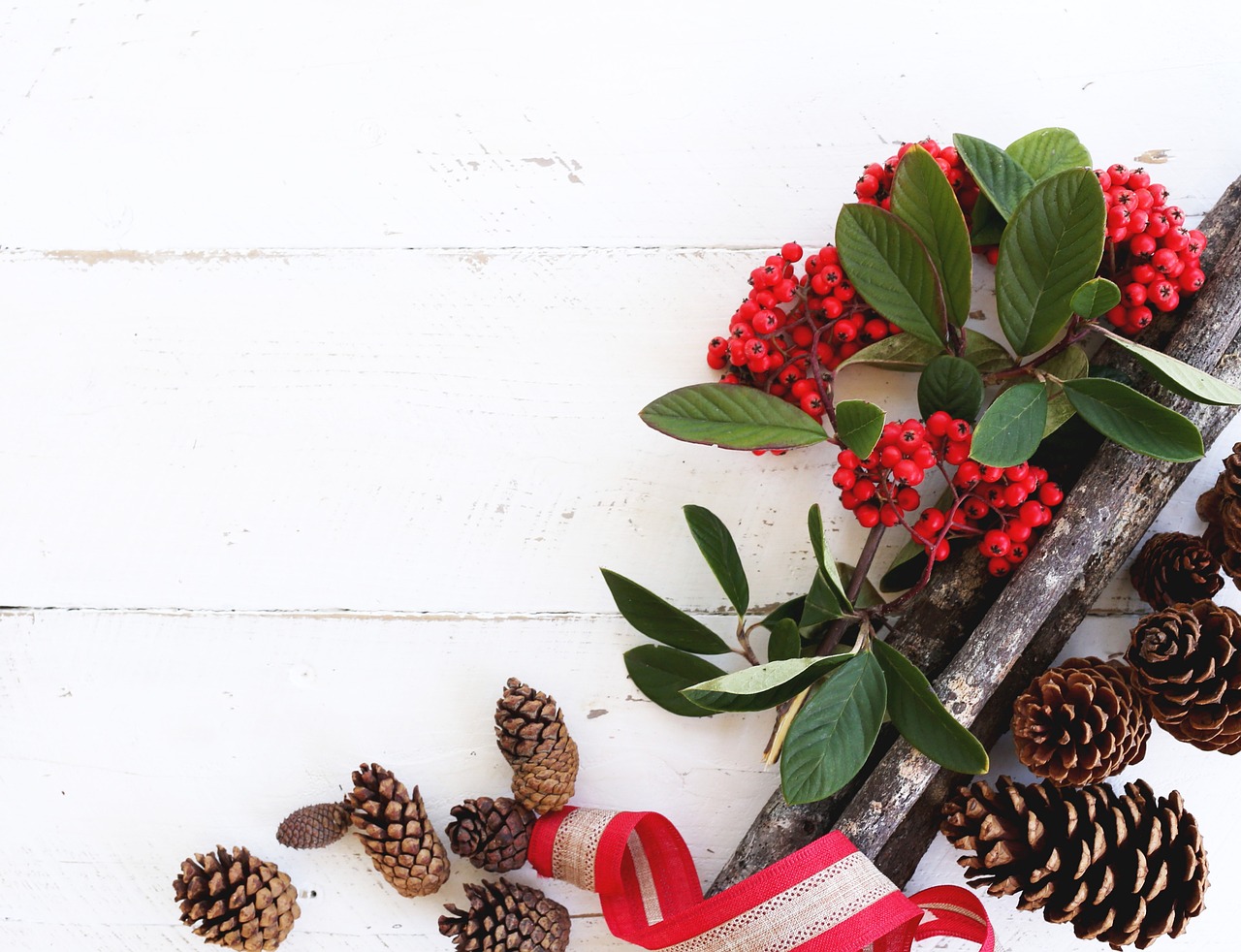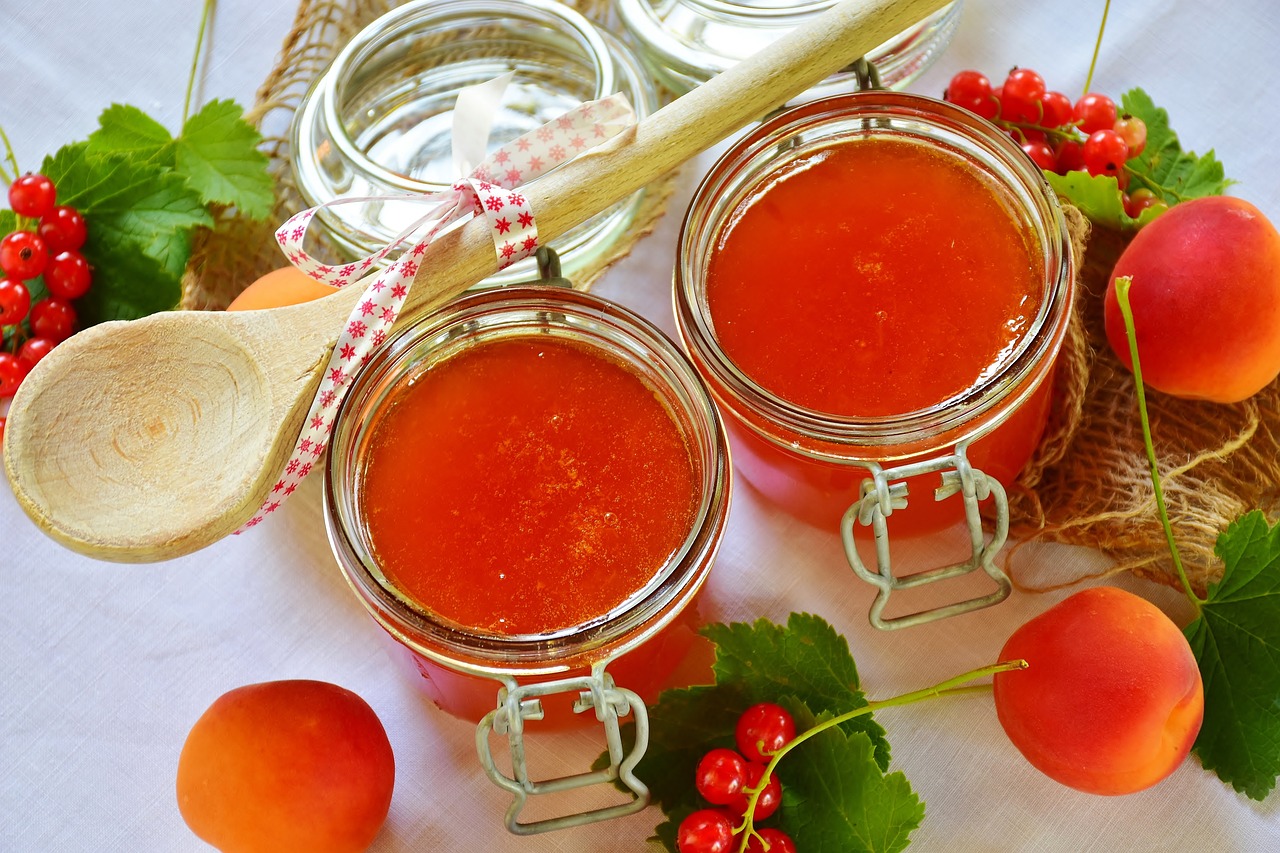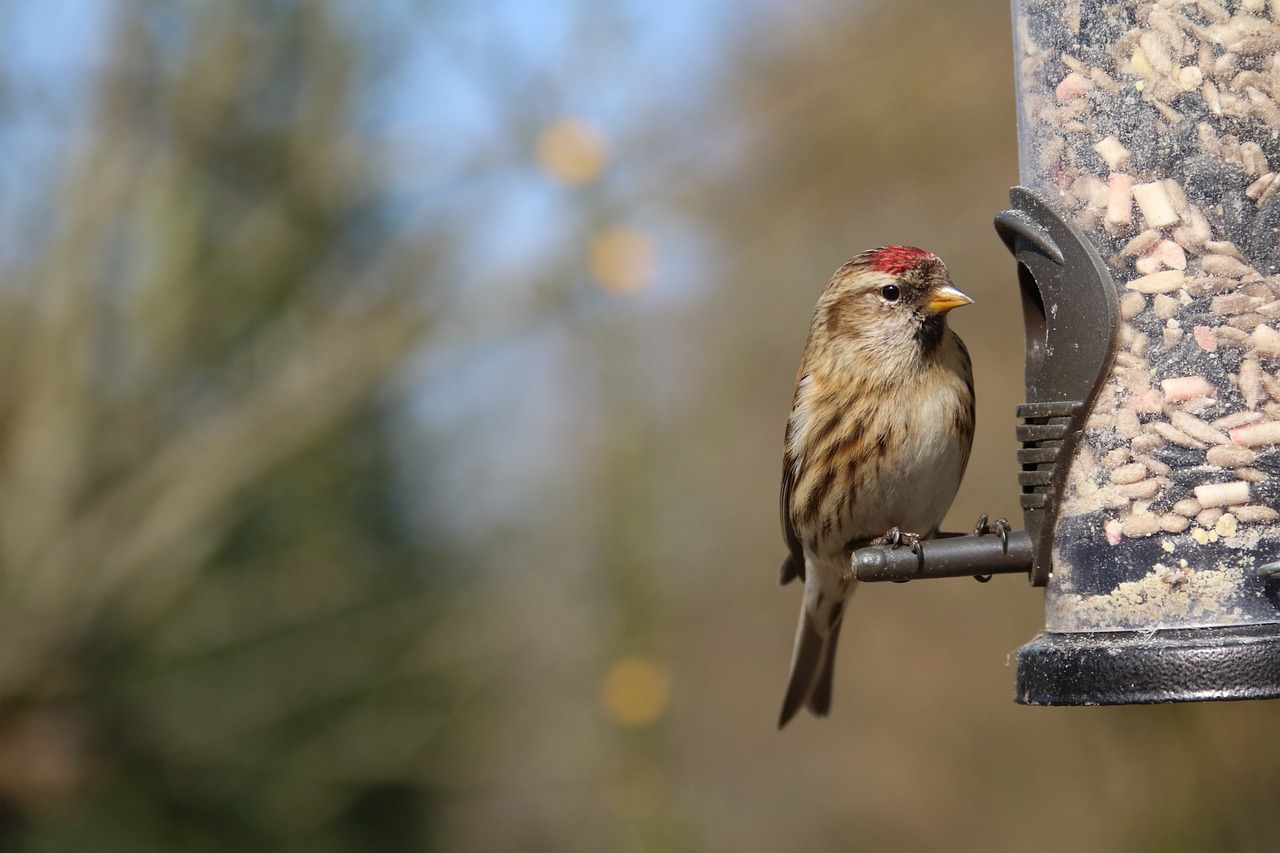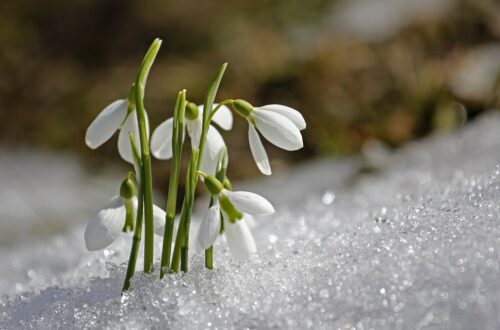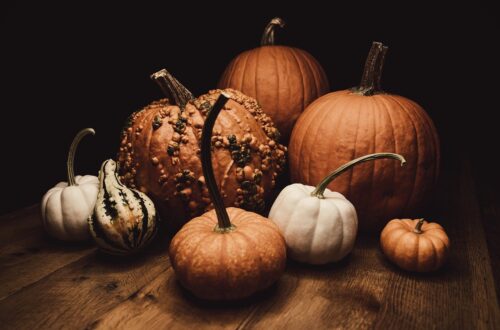There’s much to love about the holiday season, but maintaining a sustainable lifestyle can be a bit trickier around this time of the year. With gift giving and feasting, it’s easy to get caught up in purchasing items that we don’t need and using single-use plastics that end up in landfills. However, if you want to have a more sustainable holiday season, there are plenty of festive and waste-free ways to celebrate!
Below, you’ll find my favorite tips for reducing waste and cutting costs around the holidays. From getting crafty with foraged plants to making DIY gifts that are even more meaningful than store-bought presents, the tips below will help you achieve a budget-friendly and eco-friendly holiday!
Affiliate disclosure: As an Amazon Associate, I may earn commissions from qualifying purchases.
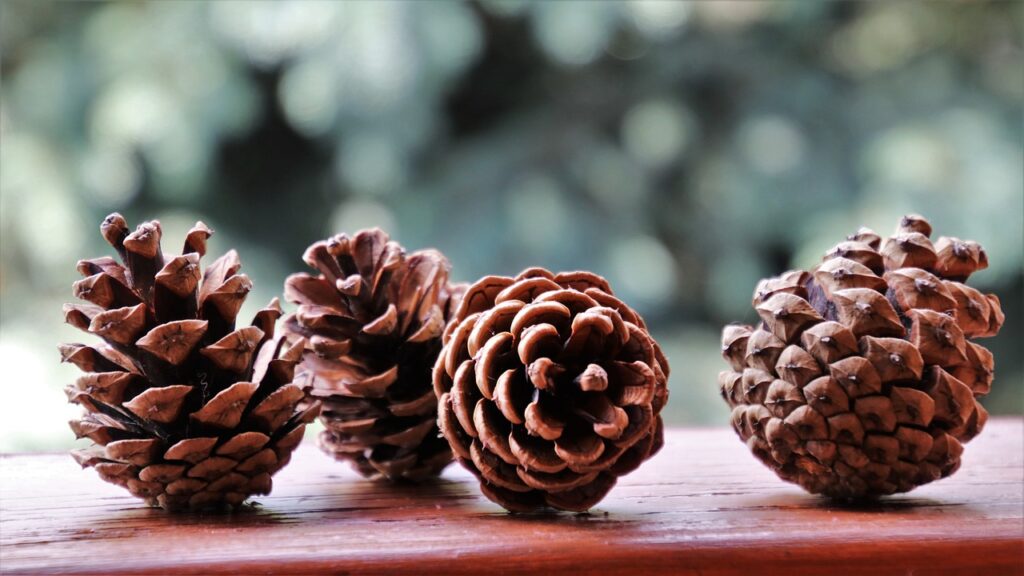
10 Eco-Friendly Tips for a More Sustainable Holiday Season
The holidays can be a very wasteful time with wrapping paper, food waste, gifts with plastic packaging and more. In fact, the average American produces about 25% more waste at this time of the year! Luckily, there are ways that you can easily slash holiday waste and these zero- to low waste tips can make your celebrations even more memorable and meaningful.
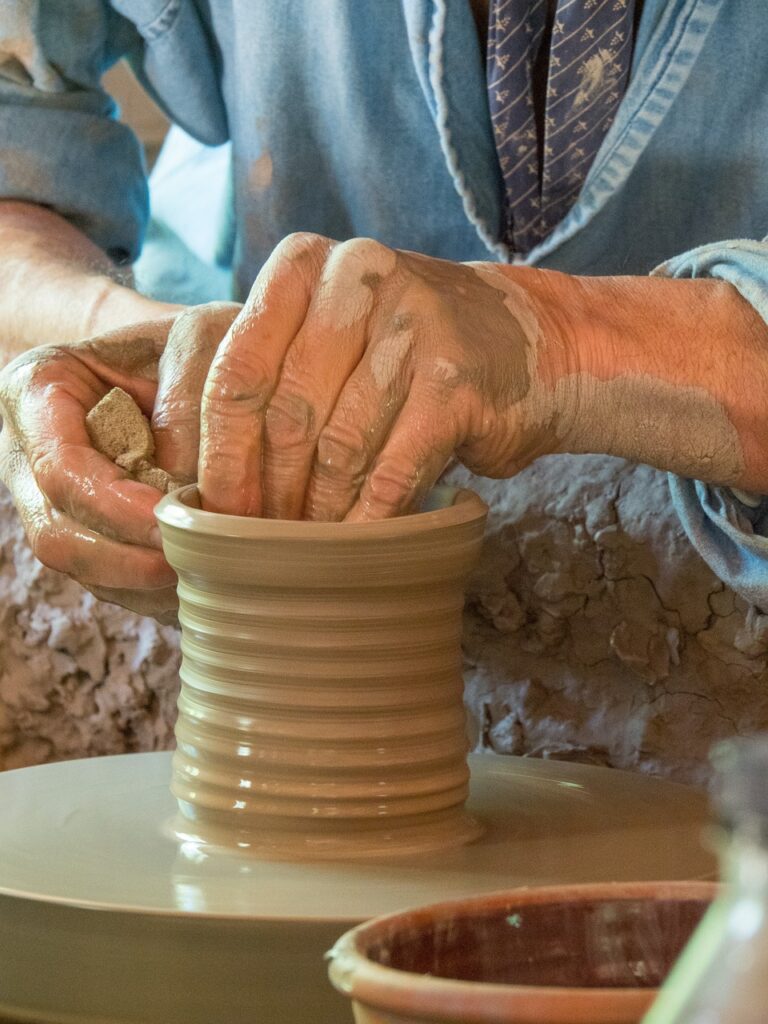
1. Gift experiences.
The holiday season is all about spending more time with the ones we love, and what better way to do that than to gift an experience! Often these “experiences” are far more memorable than physical gifts and they don’t come with any plastic packaging either!
To get some inspiration, explore your local town for fun things to try and check out websites like Groupon and Eventbrite for coupons and tickets. Maybe there’s a local restaurant that you’ve been dying to share with a loved one, or maybe your friends would enjoy a trip to a local brewery, museum, music concert or other local attraction. Try out a cheesemaking class for two, get crafty at a pottery studio, bring a friend to a paint night or book a romantic reservation for two at your local day spa!
If you live far away and can’t share an experience with your friends and family, you may also want to try out virtual gifts, like a subscription to Audible or Kindle. You can even start your own virtual book club for two!

2. Go vintage.
If you love giving physical gifts, but you want to keep your holiday season eco-friendly, another option is to purchase vintage gifts. Art, clothing and household goods from decades past have tons of charm and they make totally unique gifts and décor. Best of all, shopping vintage is often much easier on your wallet and vintage items don’t require any new materials or energy to make them!
Goodwill and your local Salvation Army may be good places to start your hunt for vintage goodies. But you may also want to check out Facebook Marketplace, antique shops, local auctions and boutique vintage stores. Etsy and eBay are also good places to score some deals on one-of-a-kind treasures!
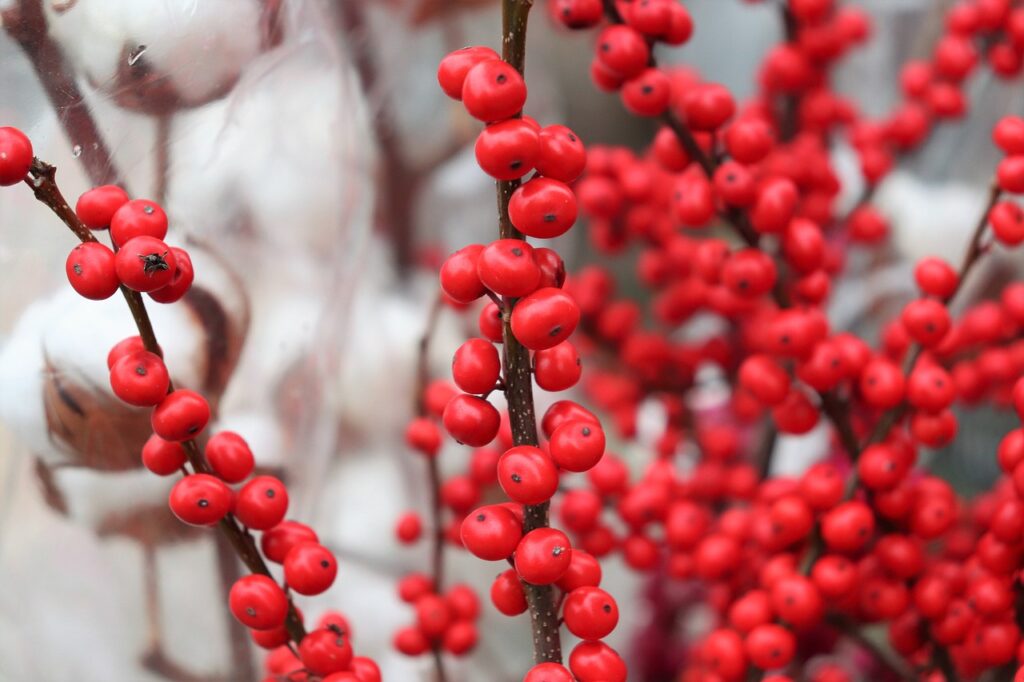
3. Forage for natural décor.
Many holiday décor items are made of plastic and they end up in the trash after the holidays. But you can limit waste and slash your holiday decorating budget by foraging for your own seasonal items in your garden or in the forest!
Lots of plants make festive decorations. Holly berries, pine boughs and grapevines can be woven into DIY wreaths, while you can use sprigs of berries, gourds, autumn leaves, pumpkins and fruit to enliven your harvest table. Swap out plastic bows for foraged pinecones, use colorful houseplants (like crotons and Christmas cacti) to brighten up your mantel and make your own yule log from fallen birch branches!
Foraging tip: Never harvest more than 1/10 of the items you find. Wild birds and other animals feed on berries and shelter in branches during the winter season!
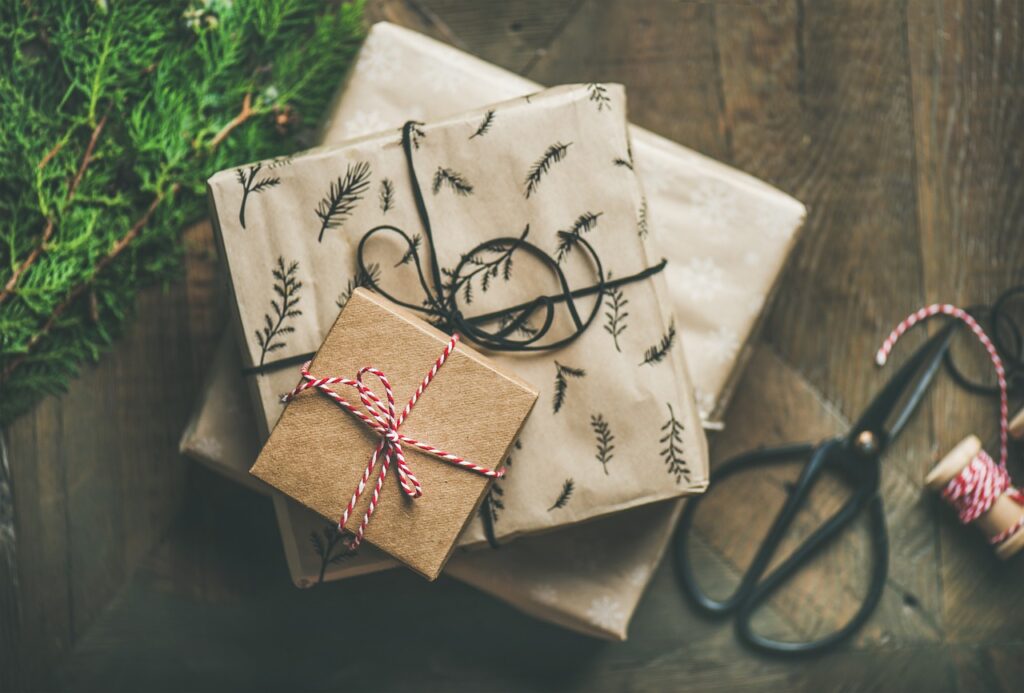
4. Skip the gift wrap.
Many of us are in the habit of wrapping gifts in paper, but this isn’t necessary and you can reduce a lot of seasonal waste by leaving gifts unwrapped. If you do decide to wrap up your gifts in paper, try out upcycled paper wrappings like old maps, brown paper bags or newspaper. These found papers can be embellished with stamps, colorful twine or left au naturale… it’s up to you!
Gift bags and gift boxes are often more eco-friendly than wrapping paper since these products are typically reused. For a truly unique approach, you can experiment with furoshiki, in which items are wrapped in silk scarves or other reusable pieces of fabric. If you do decide to use wrapping paper, opt for recyclable options and biodegradable paper tape.
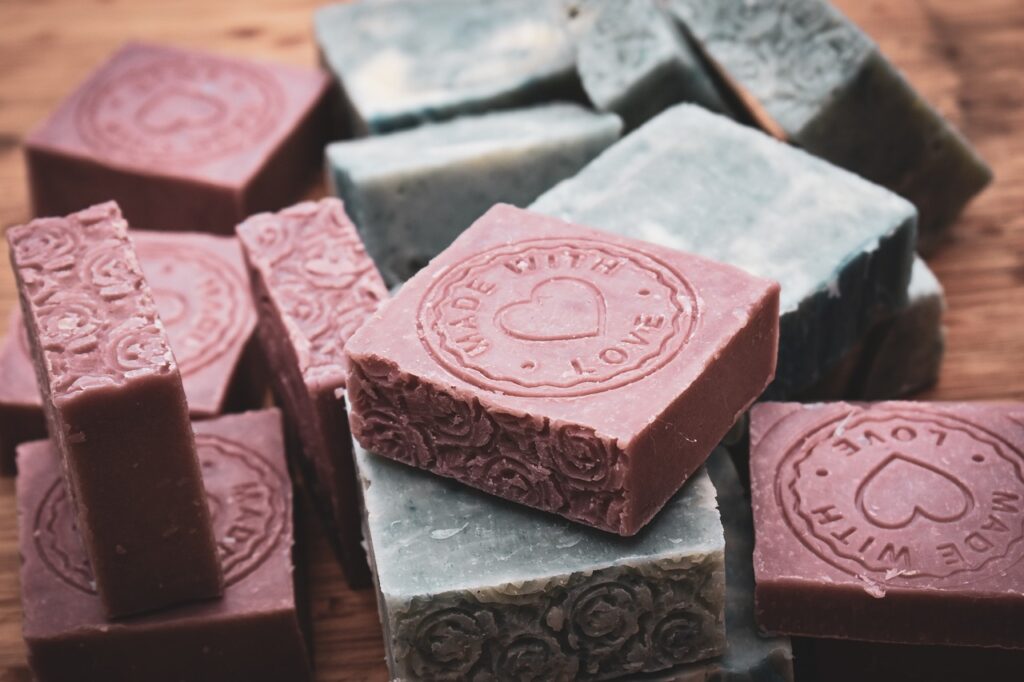
5. Shop local.
Many towns have craft fairs around the holiday season to support local artisans and connect shoppers with unique, handmade items. You can often track down these events on Facebook, but you can also scan your town calendar for craft fairs and other similar events. Small artisan markets or boutique grocery stores can also be great places to discover handmade items like candles, books by local authors, goat’s milk soap and handknit goodies!
Shopping locally helps to support our communities and small businesses, but it does more than that. Purchasing gifts from local shops drastically cuts down on transportation costs, which limits the amount of fuel that’s expended around the holidays. Local goods are also rarely packaged in single use plastic and that’s always a good thing too!

6. Make DIY gifts.
While it’s always nice to support local artists, if you have a crafty side, you may want to create your own gifts instead. Making your own gifts allows you to personalize your gift to suit the tastes of your loved ones, but it also cuts down on packaging waste and helps you save on your gift budget too!
Homemade gifts come in all shapes and sizes and the only limit to your crafting is your imagination. You can weave, knit, paint, draw, sculpt, bake, write, scrapbook… you name it! And for extra, eco-friendly points, try making your gifts out of upcycled objects or items you find in nature!
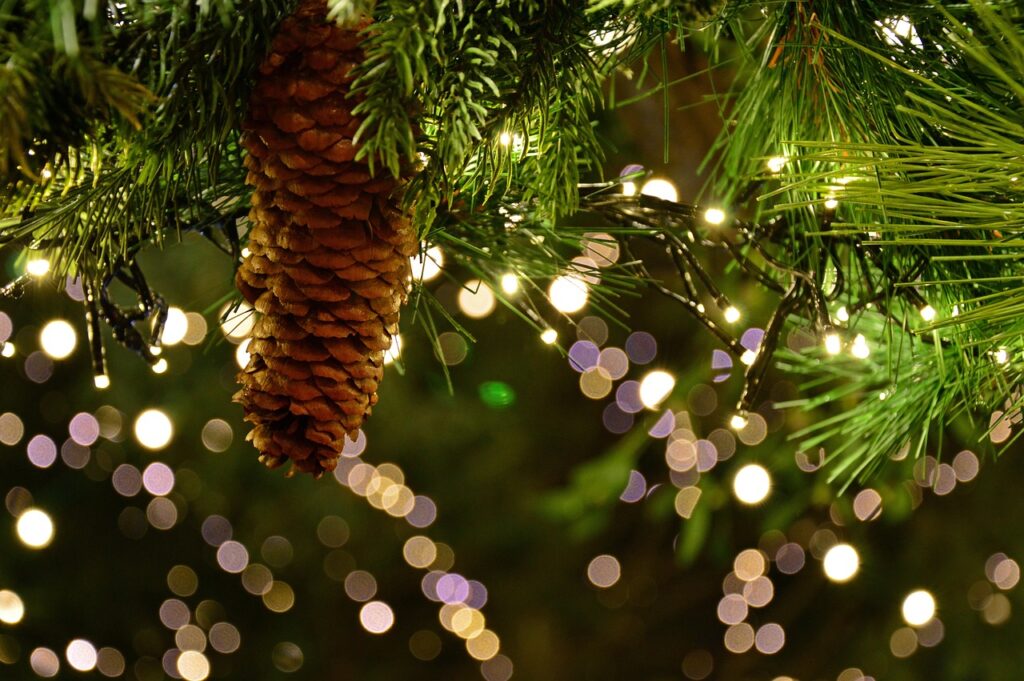
7. Try LED string lights.
LED lights use up to 75% less energy than incandescent bulbs and they tend to last a lot longer too. So if you use string lights or brighten up your windows with electric candles, you can save on your energy bill and reduce energy waste by swapping out your bulbs for LEDs. For even more energy savings, consider plugging your lights into timers so they turn off on their own when they’re not in use.
Of course, the most eco-friendly items you can find are the items you already have, so if you have holiday lights that still work, there’s no need to get rid of them straight away. But, if you have old lights that you no longer need, you can often donate them to places like Goodwill or Salvation Army. Some home improvement stores and programs like Holiday LEDs also recycle string lights!
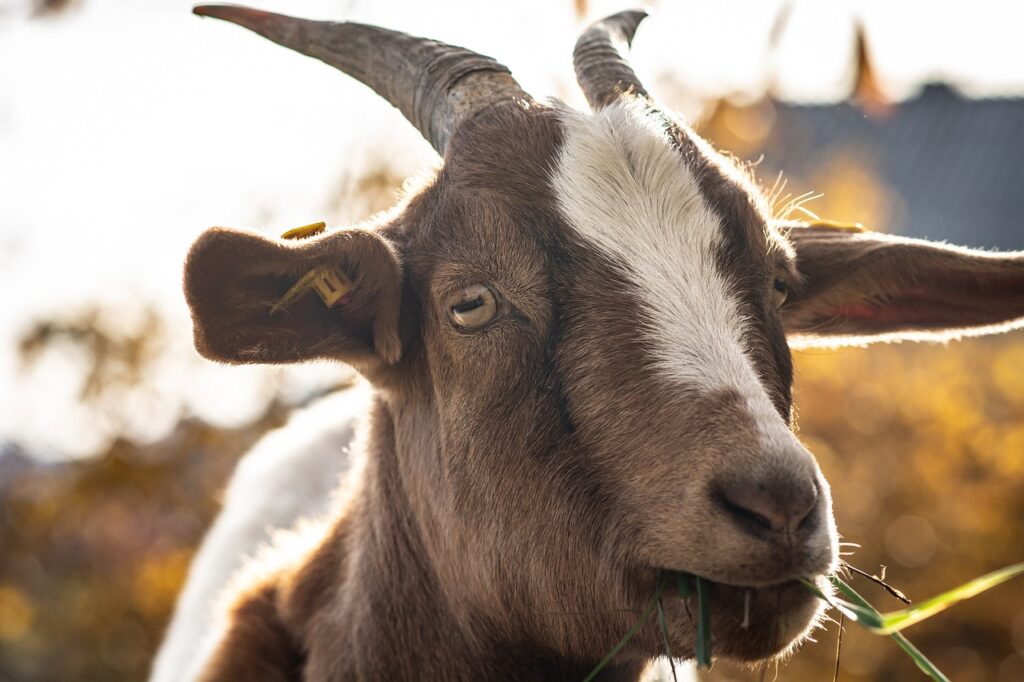
8. Donate your tree.
At the end of the holiday season, don’t throw your tree in the trash. If you have a natural tree (that’s not been sprayed with preservatives or paint), you may be able to find a local farm that will accept tree donations. After all, old evergreen trees happen to be favorite snack foods for goats and other livestock!
If you don’t live near a farm, you can also keep old trees from going to waste by adding them to your brush or compost pile. When natural items, like trees, end up in low oxygen landfills, they don’t break down properly and they can create methane gas. However, when trees are allowed to naturally decompose in a compost pile, this is much less likely to occur and you can transform your old tree into free compost for your garden too!
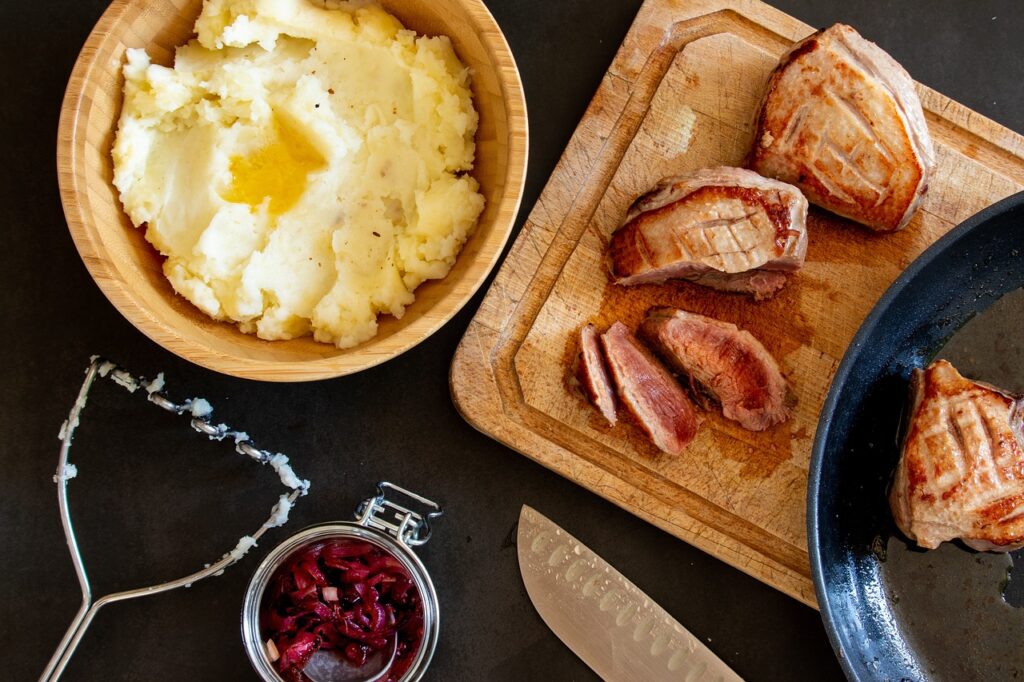
9. Use up those leftovers!
Just like old Christmas trees, food waste doesn’t decompose properly in low oxygen landfills and it can produce greenhouse gasses. So if you have a lot of food left after your feasting, be as creative as you can with your leftovers!
Most leftovers can be repurposed into other tasty recipes to keep them from going to waste. For a bit of inspiration, try transforming roasted turkey into tortilla soup, cranberry sauce into breakfast muffins and green bean casserole into a tasty chip dip with cream cheese. Beyond that, leftovers can also be frozen, gifted to neighbors or added to your compost pile!

10. Do less.
It’s so easy to get bogged down with the hustle and bustle of the holiday season and forget what the holidays are all about. If you listen to tv and radio ads, you’ll hear the same messages again and again: that you need to buy this or that to show your loved ones that you care. But the holidays aren’t about what we buy or how much money we spend …. they’re about spending time with the ones we love (or taking time to pamper ourselves if we celebrate alone.)
So many of us feel stress around the holidays because we’re trying to do to much. But holidays spent fireside with a cup of hot cocoa or taking a walk in nature on Christmas morning can be much more satisfying than a tree ringed with gifts. Being intentional about the ways we celebrate can make the holidays even more meaningful and, often, you’ll find that your holiday celebrations will naturally become more sustainable too!
